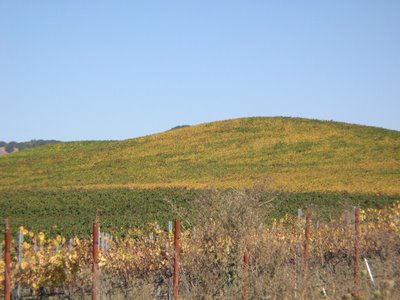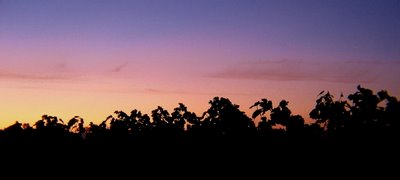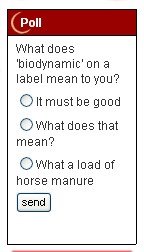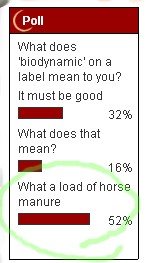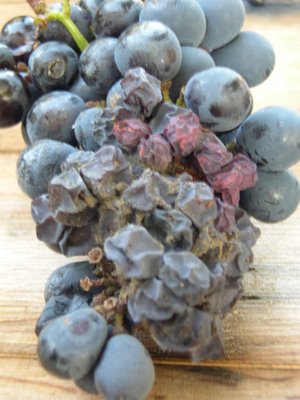Cold nights
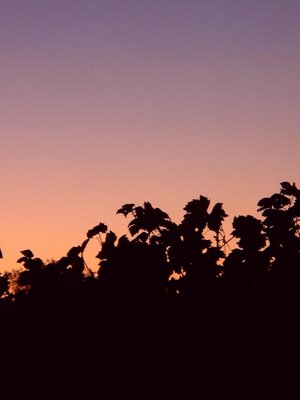
Harvest is pretty much over. That statement applies to pretty much everybody not up on the hillsides in the North Bay.
Myself? I'm done picking...
Everybody else? Well...if they still have fruit on the vine they aren't going to get much further - Nature's pulling the plug.

Yesterday morning it was 37°F, and though the afternoon temp hit a very pleasurable 82°F, this morning it's 39°F (you have to love "Indian Summer" and it's 50° day-to-night temp swings!). Hang time won't be an issue, as shortly the vines will defoliate from the cold night temps and sugar levels will start to fall as the vines shut down. Sure, you can still see some increase from raisining, but that's not what we're after in this area - neither are we after ice-wine...
Those who haven't gotten their fruit in yet have only about a week of productivity (at best) for the vines right now.
The good news from this is that the "fall foliage" is in high gear and will be for the next week. Those of you with the opportunity should take a drive through Kenwood, Alexander Valley, or the Russian River, as it really is at it's peak right now. 